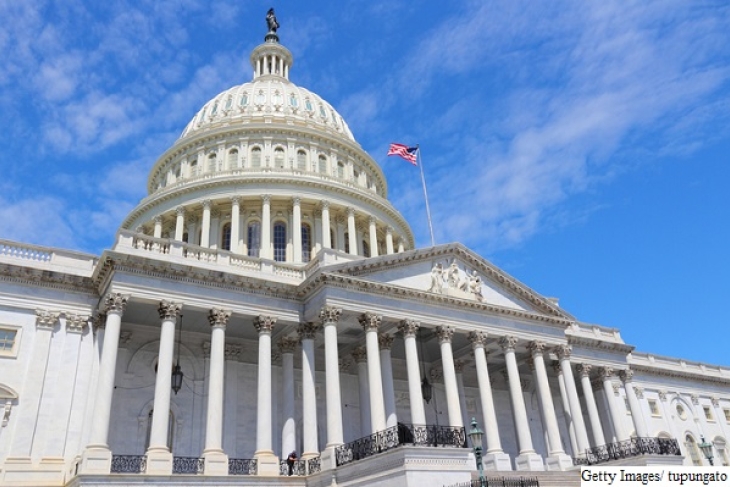Editor’s note: ESSA accountability regulations were overturned. What now? We know reform advocates will continue their work to support ESSA engagement and implementation at the state level. At the same time, a complicated landscape just became even murkier for those on the front lines. To help navigate through the complexities, the PIE Network recently tapped the expertise of eight federal-facing partners. Our contribution, originally published in a slightly different form on PIE Network's website, is below.
“Taken from us too soon, after a valiant fight with ‘local control.’” So tweeted Morgan Polikoff after the Obama Administration’s ESSA accountability regulations succumbed to the Congressional Review Act. The rules shouldn’t go to heaven alone, however.
We should also allow many of the nation’s lowest performing schools to pass on to a better place—and use the federal law’s 7 percent Title I set-aside to give birth to new schools in their stead.
As education reform advocates know, the Every Student Succeeds Act got rid of the School Improvement Grants program and replaced it with a requirement that states spend 7 percent of their Title I allotment (about $25 million annually for a typical state) on efforts to “serve schools implementing comprehensive support and improvement activities or targeted support and improvement activities.” In other words, states still need to work on SIG-like efforts but without SIG’s rules and regulations.
While some may miss the “guardrails” that SIG provided, reformers should cheer the newfound flexibility associated with these dollars.
As Christy Wolfe of the National Alliance for Public Charter Schools has argued, ESSA opens the door to using Title I dollars to replace low performing schools rather than just struggling to turn them around. Wolfe explains that states are free to:
- Award funds directly to proven public charter operators to open new schools serving students who currently attend eligible (i.e., low performing) schools,
- Award expansion grants to high-quality charters to expand their capacity to serve students attending eligible schools, and
- Attract high-performing networks to open schools in a district with significant numbers of students attending eligible schools.
Even if you agree with leaders such as John White and Mitch Chester that turnarounds are “doable”, my impression—driven in part by the big Mathematica study released in January—is that they’re exceptionally difficult and success is very rare. Why not put some of your 7 percent set-aside into the “new schools” basket? Such an approach is not only allowable under ESSA—it’s downright heavenly.

